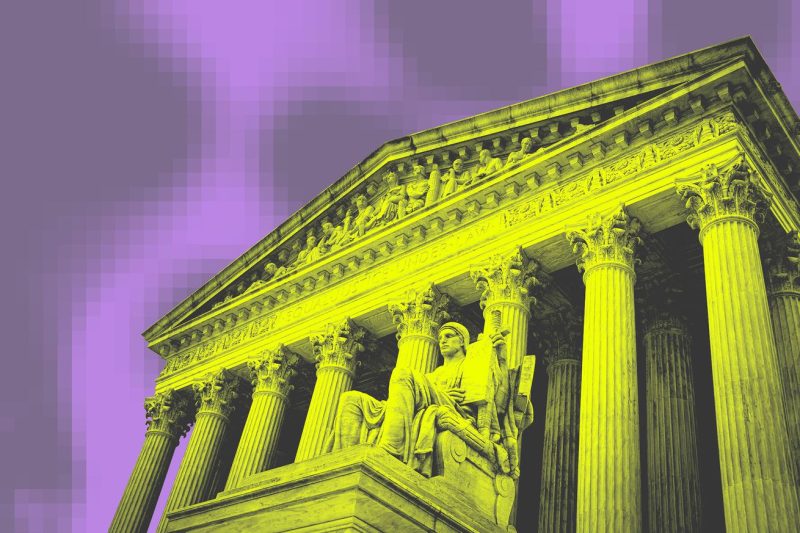
High Stakes: Will the Supreme Court Save America’s Low-Income Broadband Fund?
The debate over how to close the digital divide in America, particularly in rural and low-income areas, has reached the highest court in the land. The Supreme Court faces a pivotal decision that will determine the fate of the country’s low-income broadband fund. This fund, established with the intention of providing affordable internet access to those who need it most, has come under scrutiny for differing interpretations of its eligibility criteria.
At the heart of the matter is the question of whether the fund should be available exclusively to traditional internet service providers or if it can also be utilized by community-based organizations to expand broadband access. Proponents of the latter argue that opening up the fund to such organizations would allow for more innovative and tailored approaches to bridging the digital divide, particularly in hard-to-reach rural areas.
On the other side of the argument are those who believe that limiting access to the fund to traditional providers is necessary to ensure accountability and adherence to established standards. They raise concerns about potential misuse of funds and the need for clear regulations to safeguard against misuse or inefficiency in distributing broadband resources.
The Supreme Court’s decision will have far-reaching implications for the millions of Americans who currently lack reliable internet access. In a time when the internet has become not just a luxury but a vital tool for education, healthcare, and economic opportunity, the need to bridge the digital divide has never been more urgent.
Whichever way the court rules, it is clear that the issue of broadband access for low-income communities is one that requires ongoing attention and creative solutions. While the legal battle plays out in the hallowed halls of the Supreme Court, the real work of ensuring equitable access to high-speed internet continues on the ground, where advocates, policymakers, and community leaders are pushing for change one connection at a time.
